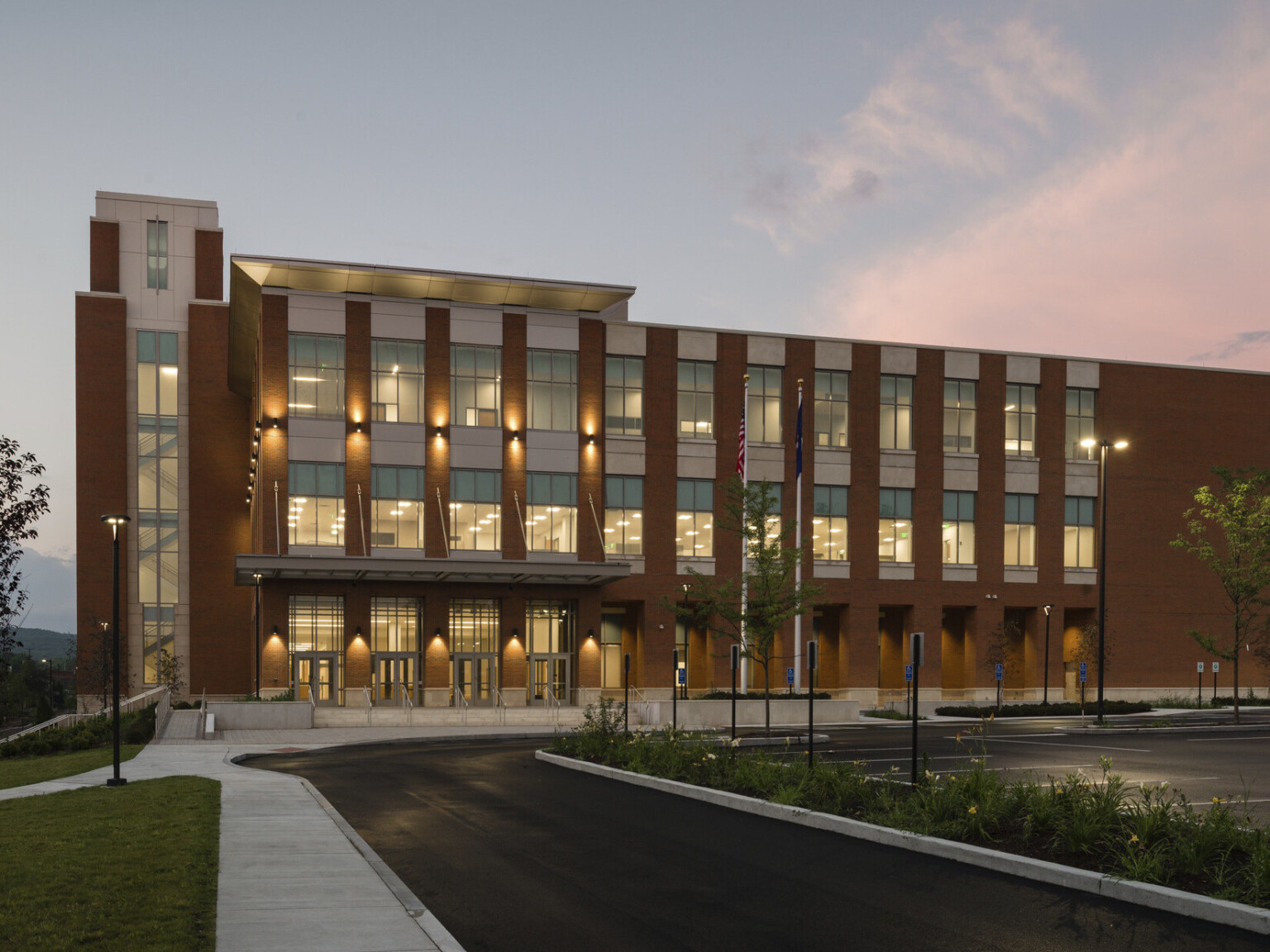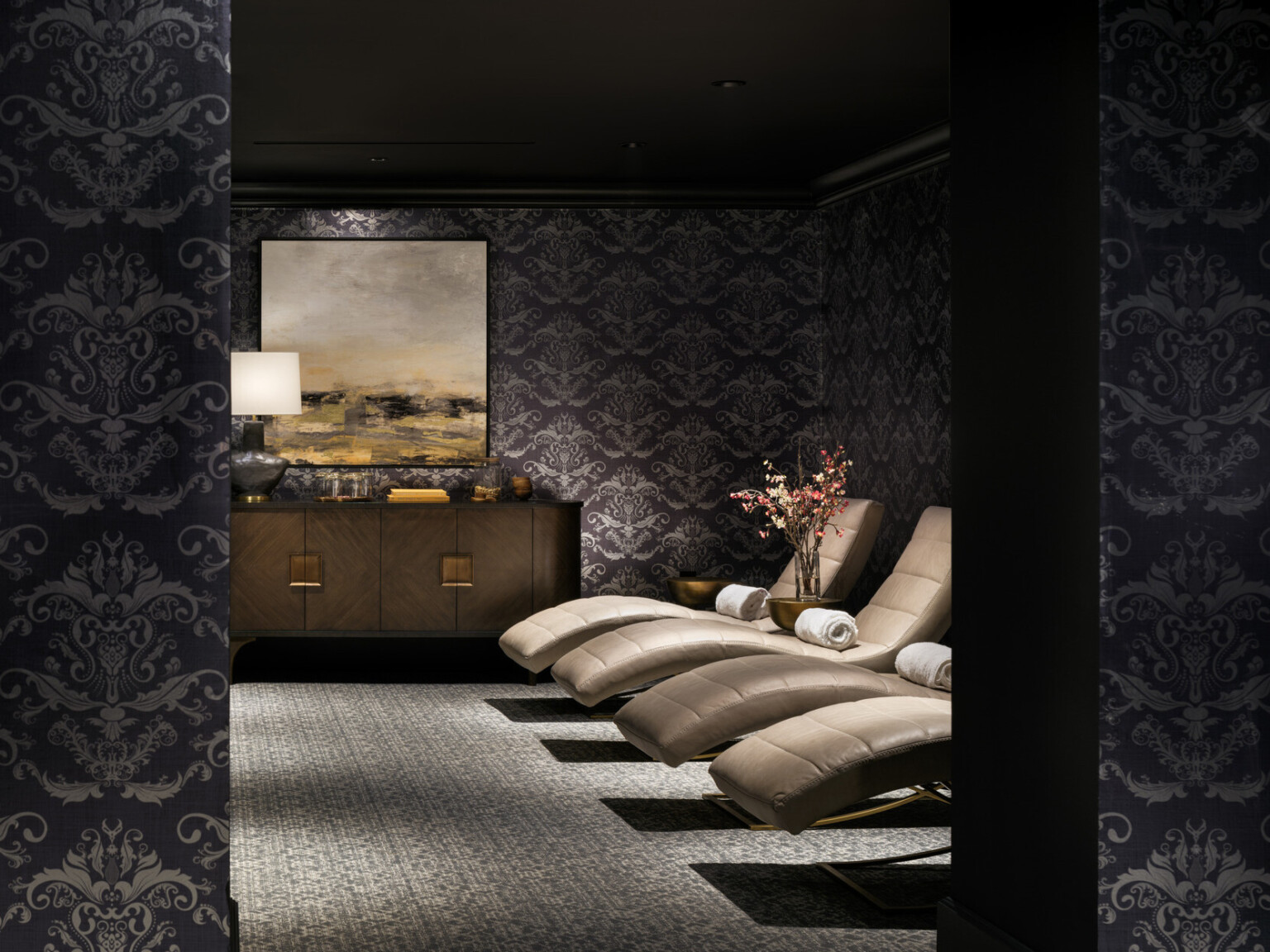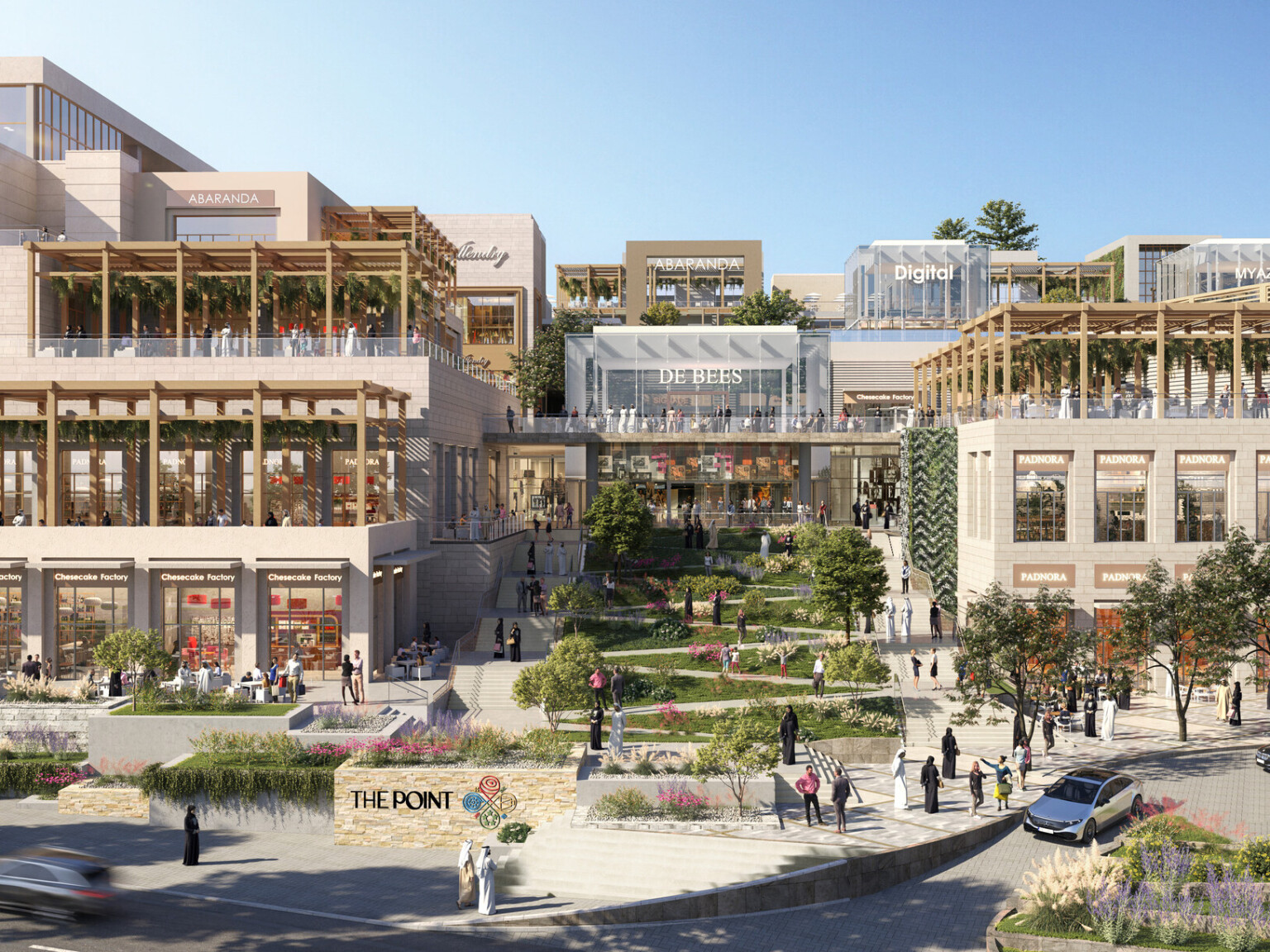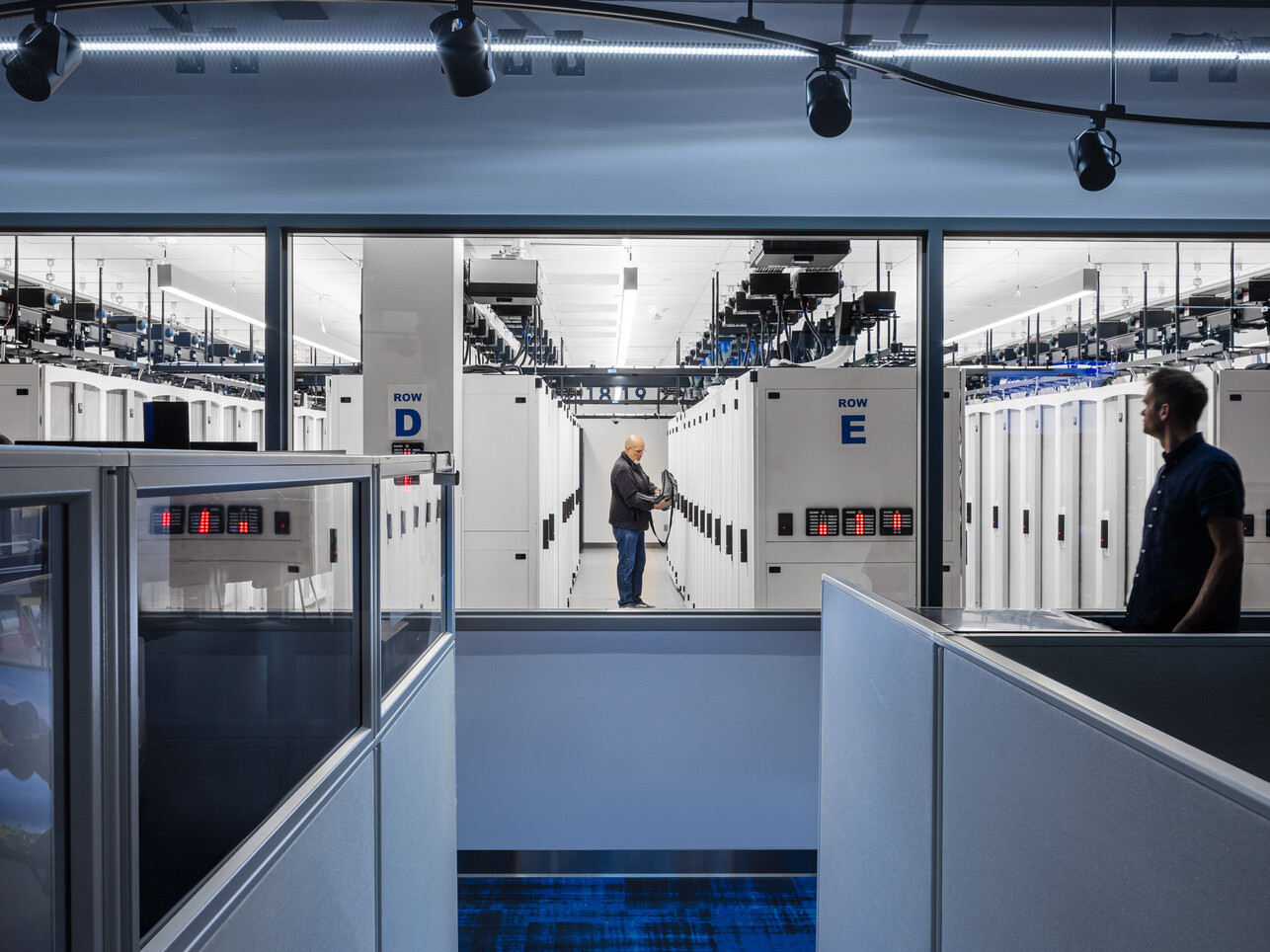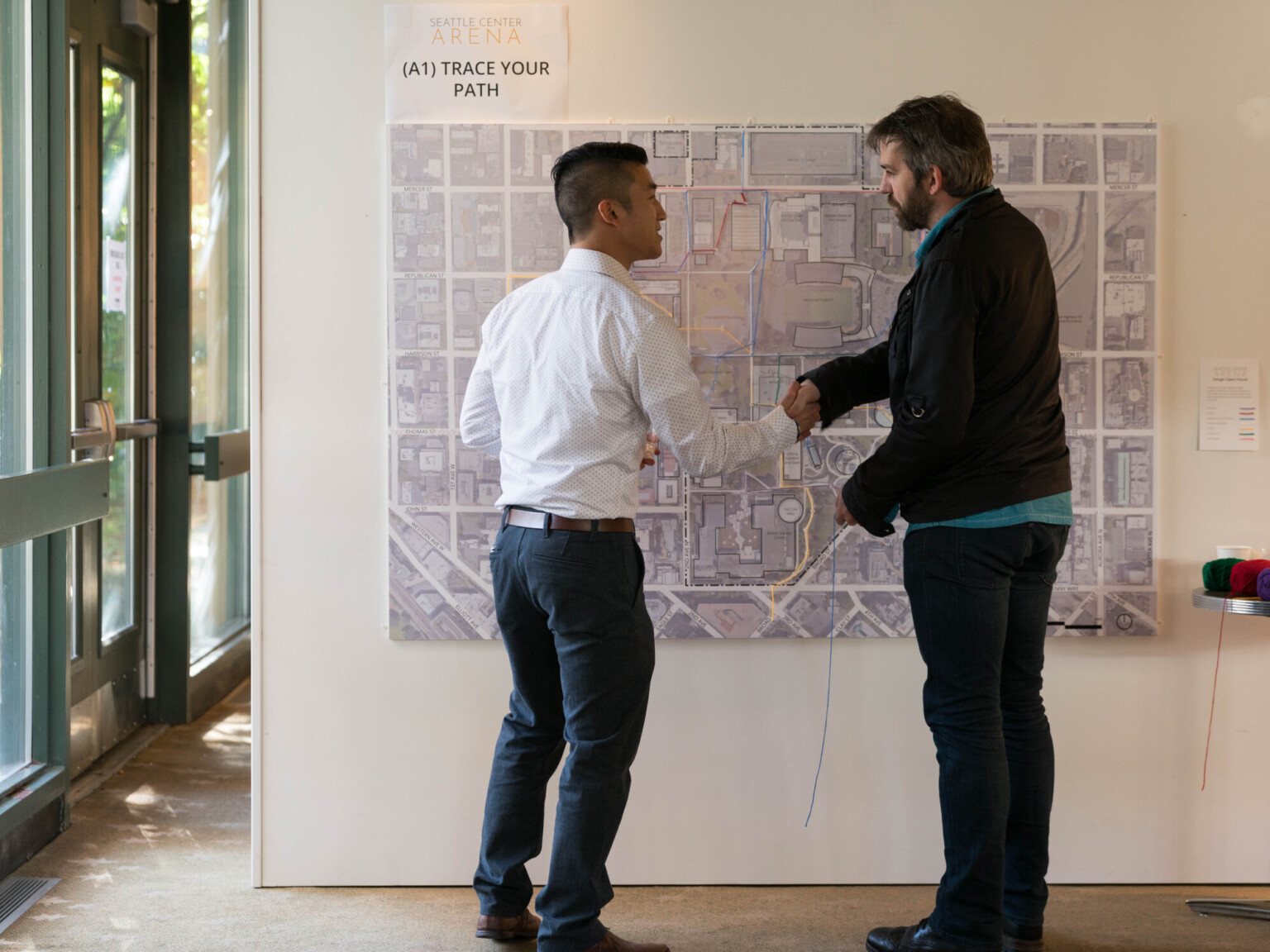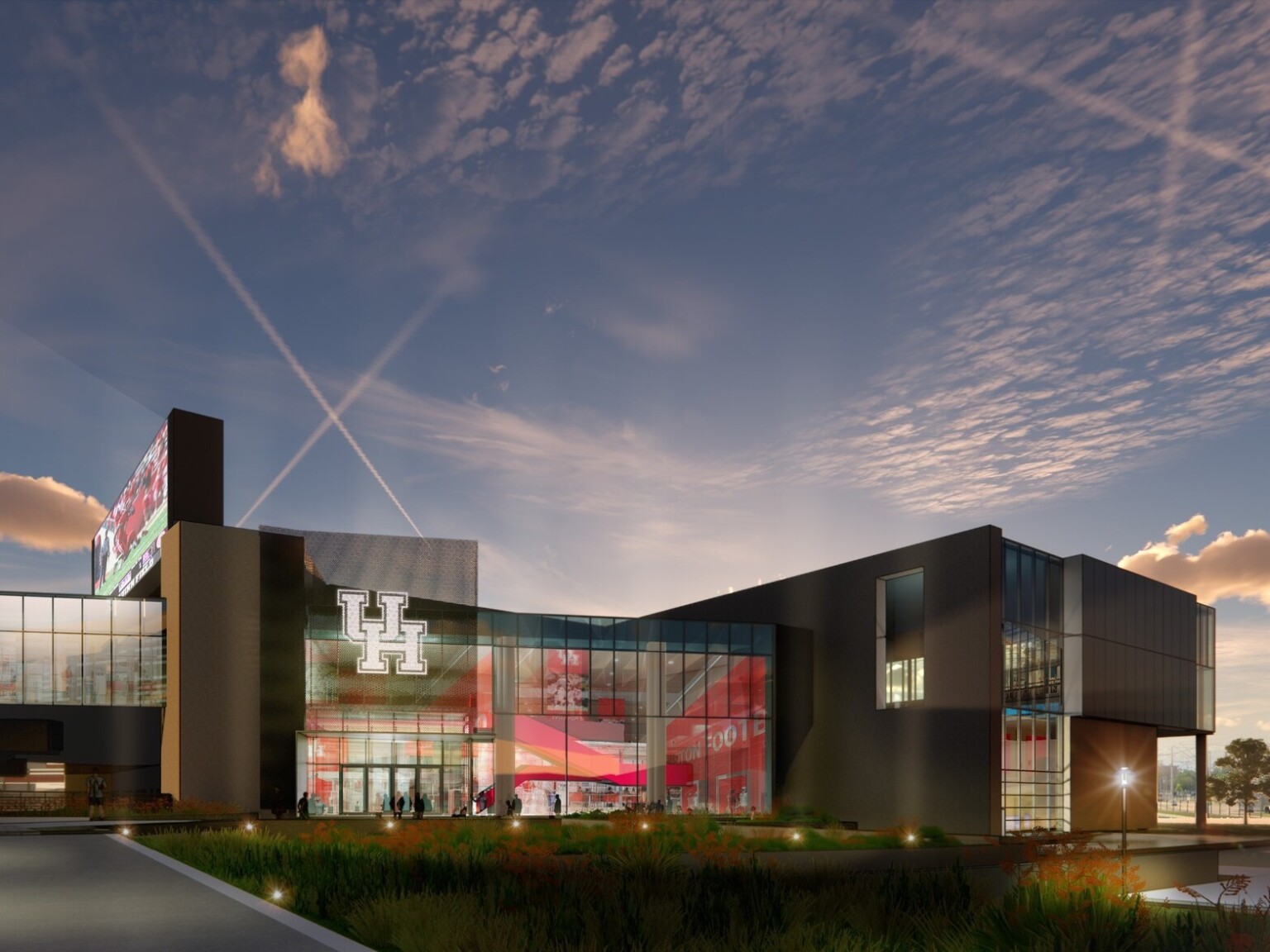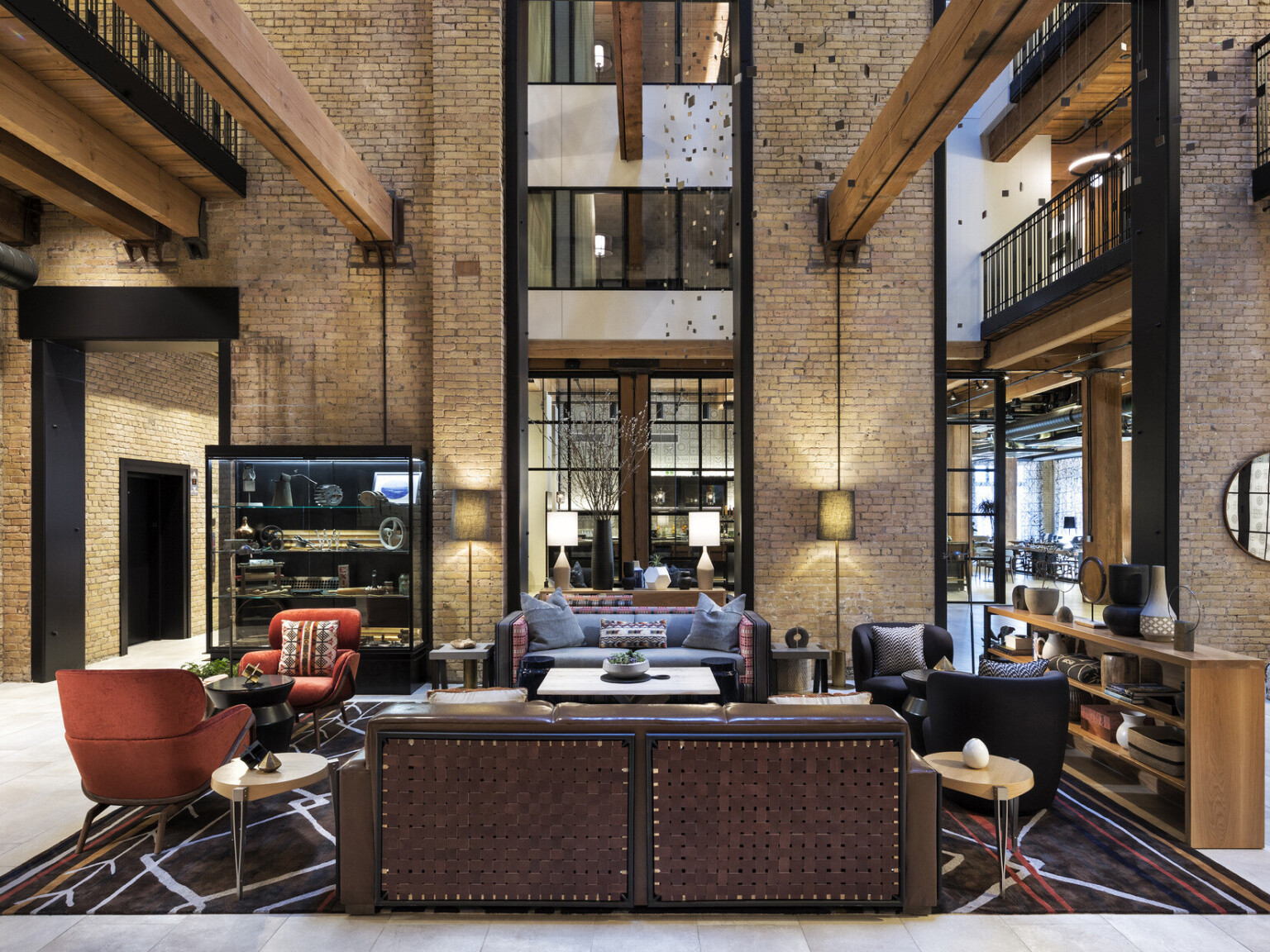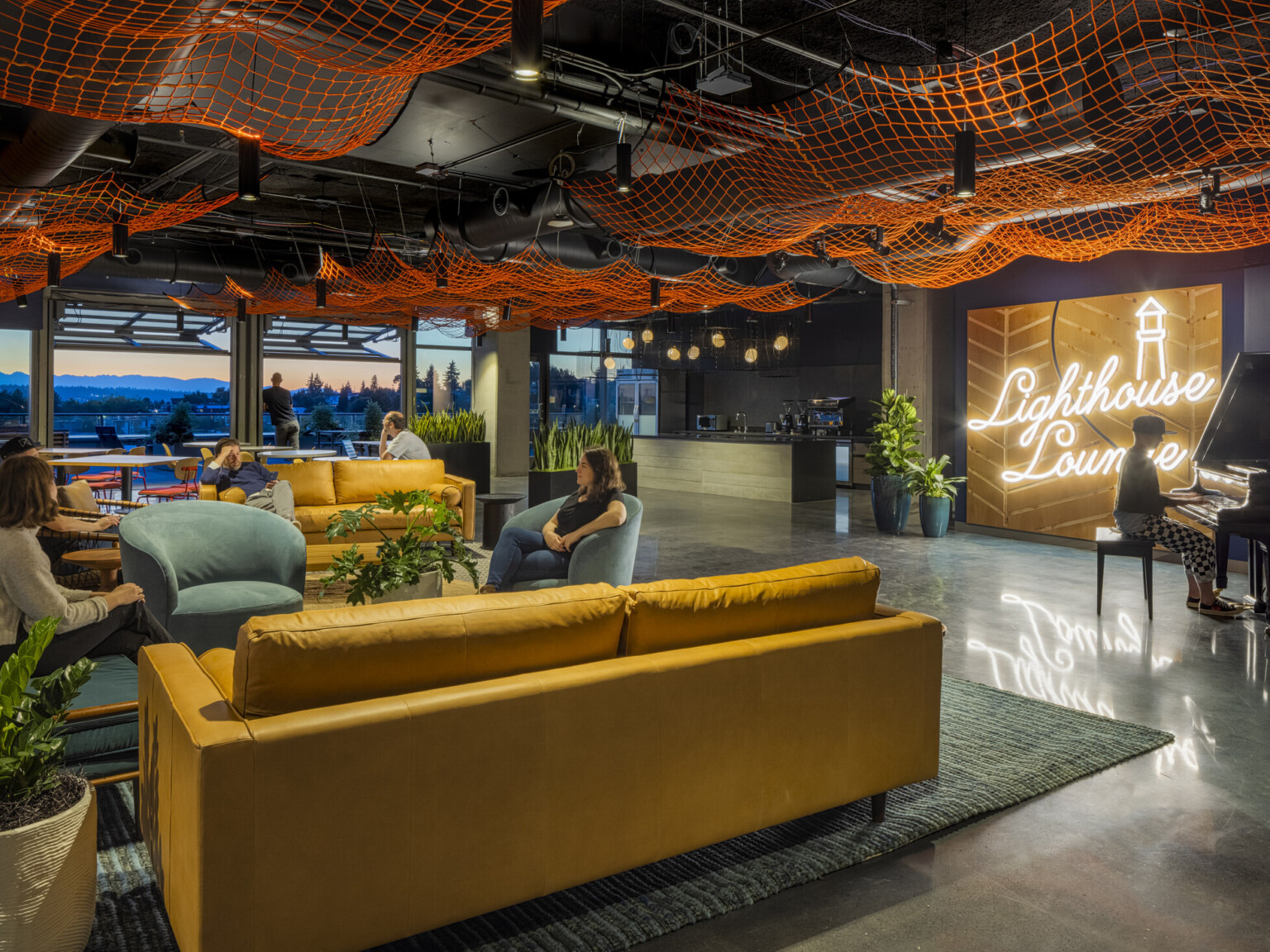Beyond the Facades: Telling Stories of Extraordinary Places
You travel around the world telling stories of places, all of which are rooted in specifics and history. Why do you think this resonates with your significant community following?
WK: AWA has always been dedicated to exploring the intersection of distinctive design and unexpected narratives – the beautiful facade and the story behind it. For the past five years we have been on the lookout for places both on and off the beaten path that were extraordinary in their very own way. Some for the specific way they were built, others for how they were able to stick around, and many more for the communities that made them so special. When you break it down, it is very much a multi-faceted approach: there is a little something for everyone. Sure, we share pretty pictures, but all are rooted in rich history, design, architecture, people, and a fun fact or two as the cherry on top. Put another way, there’s a lot to be appreciated and unpacked in pretty little package.
Often, art is part of the story. That’s something we know a good deal about! Of all the DLR Group design stories you’ve shared, is there one that stands out for its history and art?
WK: Do we have to pick just one? How about top-three, in no particular order.
History Meets Art
Over the year's we have worked together, we've gone on quite a few adventures.
A First
WK: We explored the Smithsonian American Art Museum’s Renwick Gallery on our first Adventure, which I think set the tone for our future collaborations together. It should be on everyone’s ‘must see’ when visiting Washington, D.C.! Affectionately dubbed “the American Louvre,” the Renwick Gallery was the first purpose-built art museum in the United States. We were brought on for a thoughtful renovation that would respect the building’s historic character while modernizing infrastructure and providing sustainable and energy-efficient solutions. Learn more about the project.
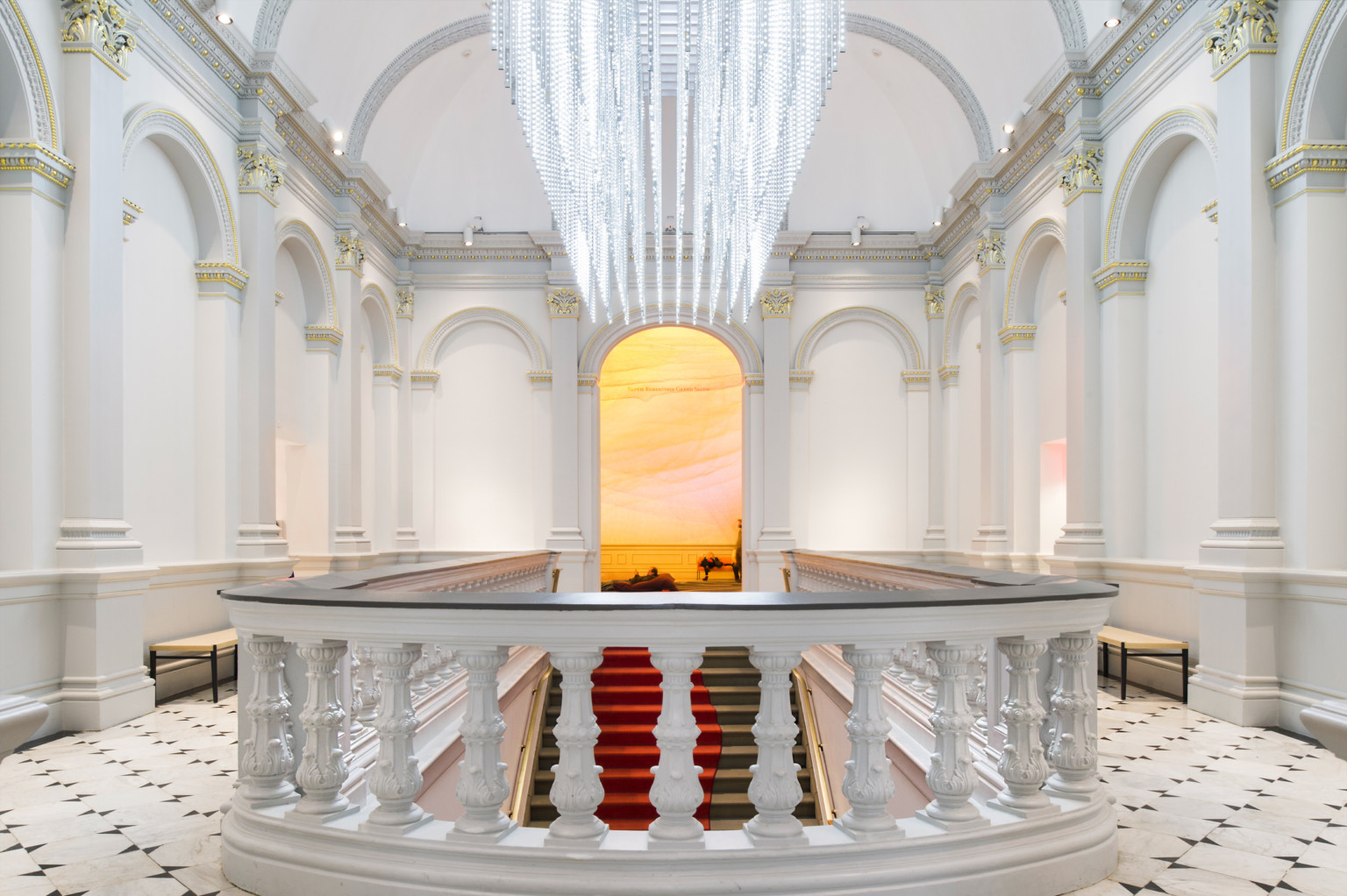
An Advocate
WK: The second would have to be PAFA in Philadelphia with a history supporting women in art as far back as the 1800s. This art school and museum comprises two historic buildings – the 1876 Landmark Building and the adjacent 1916 Hamilton Building. Considered one of the finest examples of late Victorian architecture, the Landmark Building had been maintained and stabilized, but had not been altered from the original function or architectural condition. Our master plan and subsequent renovation accommodates the school's growing program within a fixed site, consolidates inefficient support spaces and administrative functions, develops new assembly spaces, and reinforces the image and culture of the institution to the public, all while preserving PAFA’s historic structures. Learn more about the project.
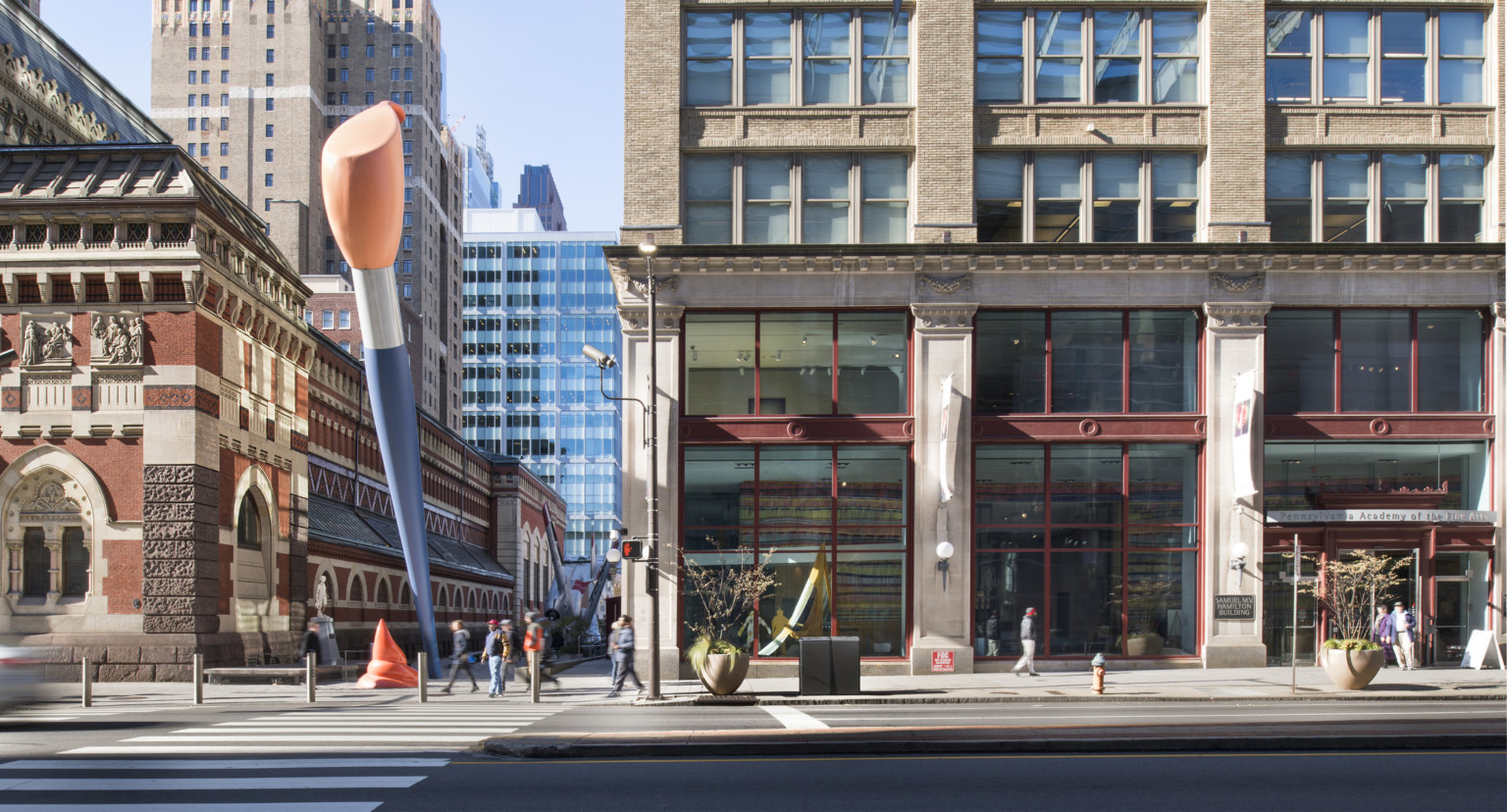
A Mystery
WK: And last, but not least (and most unexpectedly), would be the Wayne N. Aspinall Federal Building and Courthouse. We followed the story of their beloved mural that mysteriously went missing for over half a century. Who doesn’t love a good ‘who done it’ story? Amidst a significant economic downturn, the General Services Administration guided opportunities to invest in existing buildings across its significant national portfolio. Listed on the National Register of Historic Places, our goals with this renovation were to preserve its historic fixtures, floors, and details from its original architect James Wetmore's design, while integrating sustainable and smart building features. This resulted in being the GSA’s first net zero energy historic building, achieving LEED Platinum, and an AIA COTE Top 10 Award. Plus, it continues to be an example of how historic buildings can create opportunities for innovation, rather than be a barrier to performance. Learn more about the project.
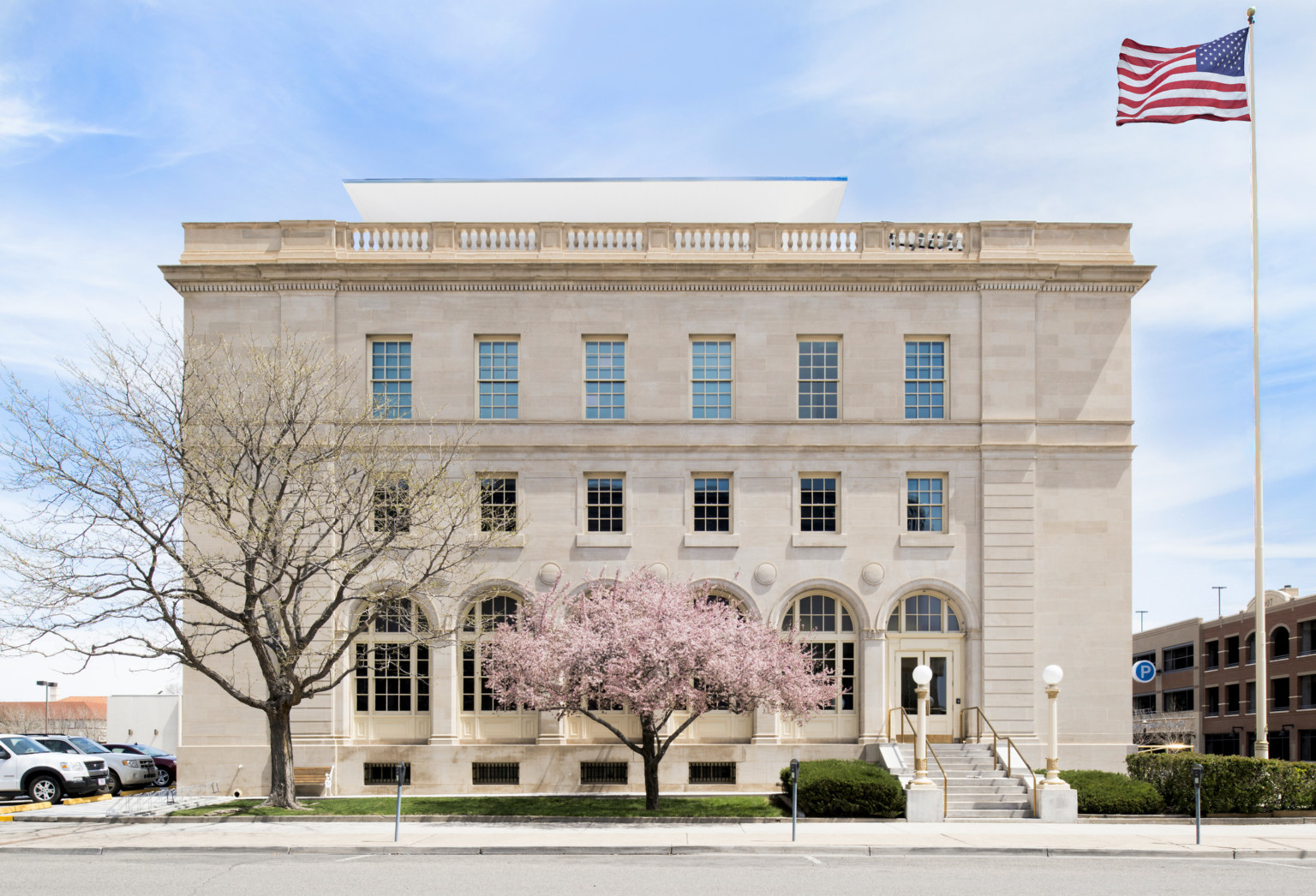
What challenges have you encountered when telling these stories, and how have you overcome them?
WK: Social media is a world of limits. You have one to two seconds to grab someone’s attention; you are limited to a certain number of characters to use to tell a story; the amount of time a video can play before being cut off is short; so on and so forth. So, instead of continually trying to force a square peg into a round hole, we continue to adapt and create our own holes. We share long form stories on our twice-monthly Bulletin newsletter, we’ve created Adventure Guides where we can post videos as long as it takes to tell the story, and have a website that is truly the ultimate “Searchable Adventurer’s Database”. That way, when we hit a wall, we can find a way around it to better tell the stories at hand and give our community a space to appreciate the photos and videos we created for them.
Pie in the sky: what would be your dream story to work on with the design community?
WK: We’ve been really fortunate to welcome more than 700,000 people to spend a few hours exploring large-scale, immersive AWA exhibitions around the world. From Seoul to Shanghai, Tokyo to London, Los Angeles to soon to be in Australia, we’re reaching communities all over. The only bummer? We couldn’t be there from start to finish because they were so far from home! If we could wave a magic wand, we would love to create a similar experience in New York – where AWA all started – and be able to be there to conduct programming and amazing events throughout.
We’ve been partners for four years. What have you learned in that time? And how are you applying it to your storytelling moving forward?
WK: Time flies when you are having fun! Together we’ve brought the AWA Community along from Washington, D.C. to Seattle. We’ve showed them how interesting the world of architecture and design can be, sharing stories of adaptive reuse, mass timber, and the overlap of our world and yours. There is too much to recount without going into a long journal entry, but to say we’ve learned a LOT would be an understatement. The best part? There is still so much more to discover.

